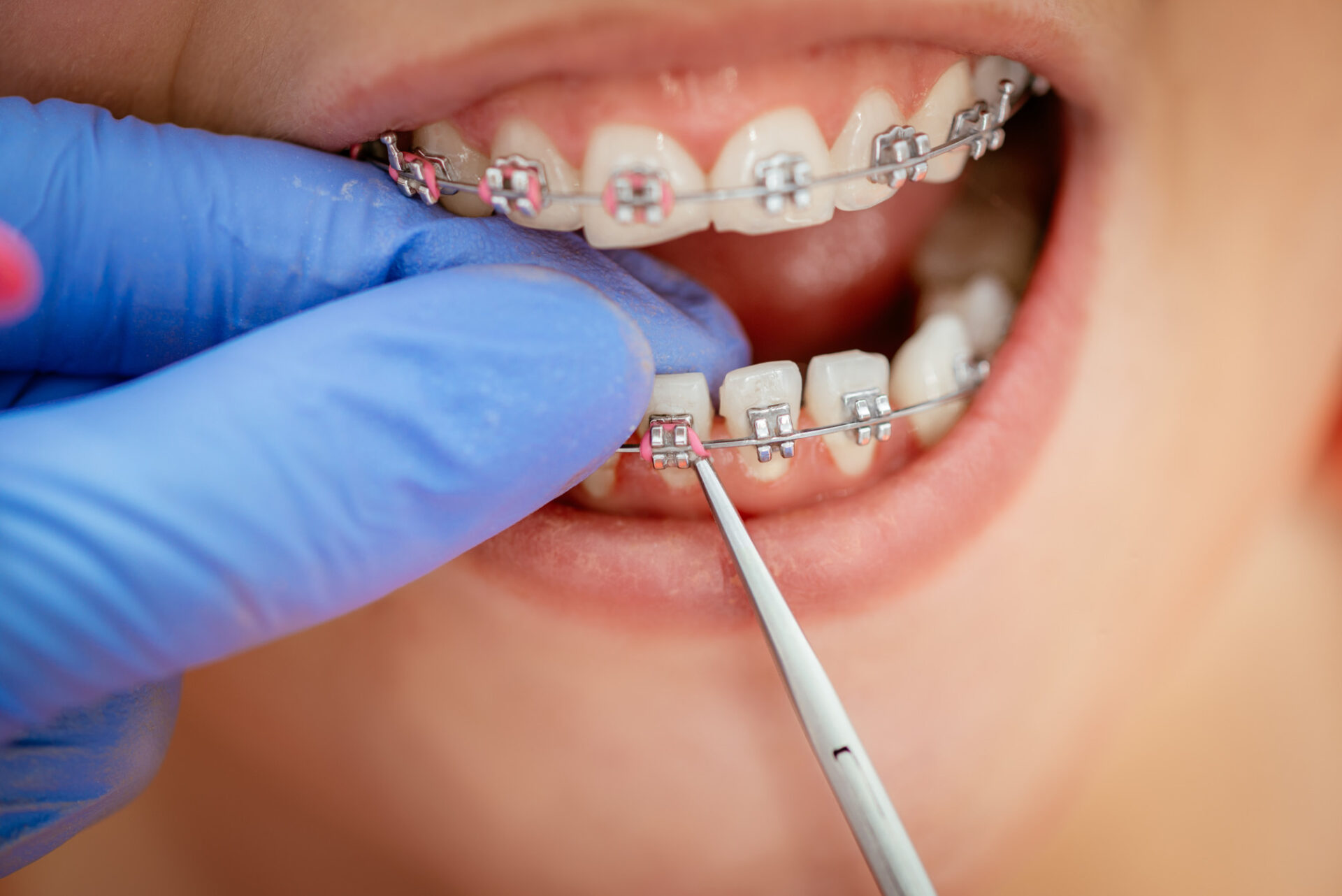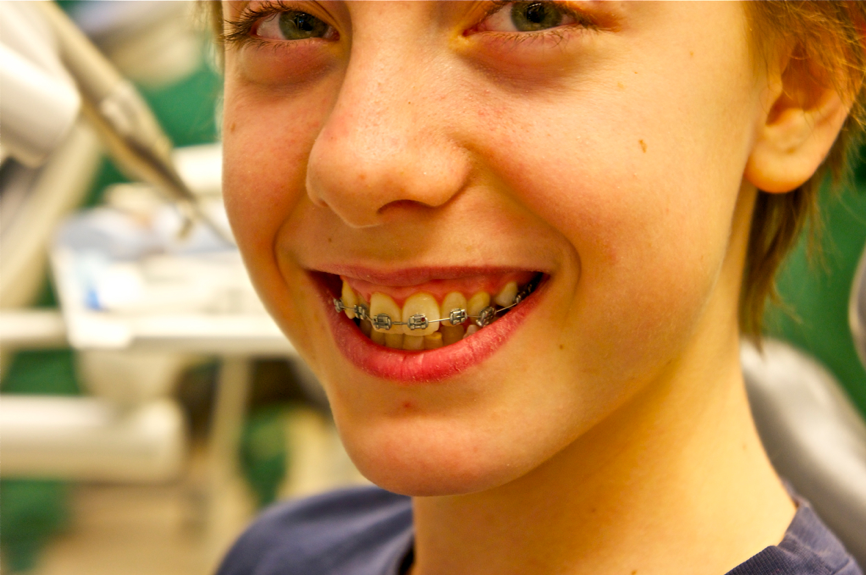Comprehensive Guide to Orthodontics Procedures for Dealing With Dental Misalignments
Understanding the complexities of each procedure, including their mechanisms, benefits, and potential drawbacks, is important in making notified decisions regarding one's orthodontic treatment. As we navigate with the extensive guide to orthodontic procedures for fixing oral misalignments, the elaborate details of each approach will unfold, losing light on the course toward a functional and harmonious dental alignment.
Orthodontic Procedures Overview

Regular modifications and surveillance are crucial parts of orthodontic therapy to make certain progress is on track and to make any type of essential modifications along the method. By going through orthodontic treatments, people can not only accomplish a straighter smile but additionally enhance their overall dental wellness and feature.
Traditional Braces: Exactly How They Function
When thinking about orthodontic therapies for dental misalignments, typical dental braces stand out as a reliable approach for fixing teeth positioning. Typical dental braces include brackets, cables, and bands that interact to use constant stress on the teeth, progressively relocating them right into the desired alignment. The braces are attached to the teeth making use of an unique adhesive, and the wires are threaded via the braces. By changing the tension of the cables, orthodontists can control the instructions and force put on each tooth, leading them into correct positioning over time.
As stress is used to the teeth through the dental braces, the bone surrounding the teeth is reshaped to support the brand-new tooth settings. People will certainly need routine adjustments at the orthodontist's office to guarantee the dental braces proceed to use the proper stress for reliable teeth movement.
Unseen Aligners: Cons and pros
Undetectable aligners use a hassle-free and very discreet alternative to conventional braces for fixing dental misalignments. These clear, tailor-made trays are essentially undetectable when put on, making them an attractive alternative for people seeking a much more cosmetically pleasing orthodontic therapy. One of the primary advantages of undetectable aligners is their removability, enabling for simpler maintenance of dental hygiene compared to traditional dental braces. Patients can remove the aligners before consuming or cleaning their teeth, decreasing the threat of food obtaining stuck in the device and streamlining the cleansing process.

Surgical Orthodontic Options
Surgical interventions in orthodontics existing viable options for attending to complicated dental misalignments that may not be successfully solved through traditional orthodontic therapies. While unseen aligners and typical braces can fix many orthodontic problems, certain instances call for surgical treatment to accomplish ideal results. Surgical orthodontic options are usually suggested for serious malocclusions, considerable jaw inconsistencies, and situations where the underlying bone structure needs adjustment to accomplish proper alignment.
One common medical orthodontic treatment is orthognathic surgical treatment, which entails rearranging the jaws to deal with useful where can i find a dentist concerns such as problem talking or chewing. This surgical treatment is frequently executed in collaboration with an orthodontist that helps line up the teeth before and after the procedure. Surgical orthodontics might likewise involve procedures to expose influenced teeth, eliminate excess periodontal cells, or improve the jawbone to produce a more harmonious facial account.
Before considering medical orthodontic choices, clients undertake a thorough examination to identify the necessity and possible benefits of such treatments. cumming orthodontist. While surgery might seem challenging, it can significantly boost both the function and appearances of the smile in situations where standard orthodontic treatments fail
Retainers and Post-Treatment Care

Post-treatment care includes adhering to the orthodontist's instructions faithfully. This may consist of appropriate dental health practices, going to follow-up consultations, and using the retainers as recommended. Failing to follow post-treatment treatment guidelines can result in relapse, where the teeth slowly return in the direction of their original positions. Constant retainer learn this here now wear, great dental health, and regular dental examinations are crucial for maintaining the results accomplished with orthodontic surgical treatment and making certain the long-term stability of the fixed dental positioning.
Verdict
To conclude, orthodontic treatments supply numerous alternatives for remedying oral misalignments. Conventional dental braces utilize metal braces and cords to move teeth into appropriate alignment. Unnoticeable aligners supply a more discreet alternative however may not be suitable for all situations. Surgical orthodontic choices are offered for much more severe imbalances. Retainers are frequently utilized post-treatment to keep the new positioning. In general, orthodontic treatments can successfully enhance dental health and aesthetic appearance.
As we navigate via the detailed guide to orthodontic procedures for correcting dental imbalances, the detailed details of each method will certainly unfold, dropping light on the course toward a unified and functional dental placement. - aligners
One of the most common orthodontic treatments is the usage of braces, which consist of metal braces and wires that use mild stress to slowly move teeth right into the desired setting.When taking into consideration orthodontic treatments for dental imbalances, typical braces stand out as a tried and true approach for correcting teeth positioning. Furthermore, invisible aligners might not be click to investigate suitable for complex orthodontic issues that call for even more considerable teeth movement, as they are commonly suggested for light to moderate cases. Retainers are tailor-made orthodontic tools designed to hold teeth in their corrected settings after the completion of orthodontic treatment.